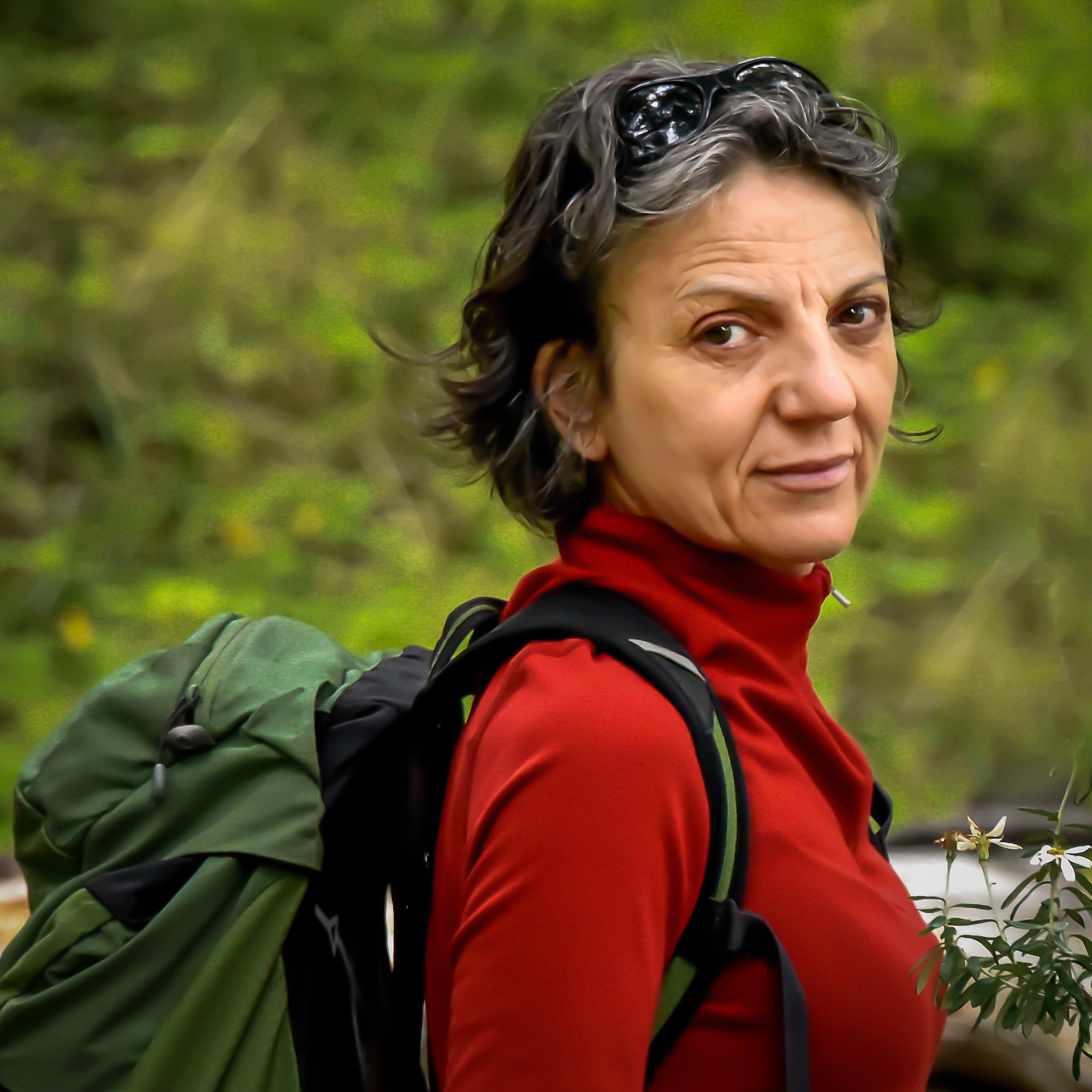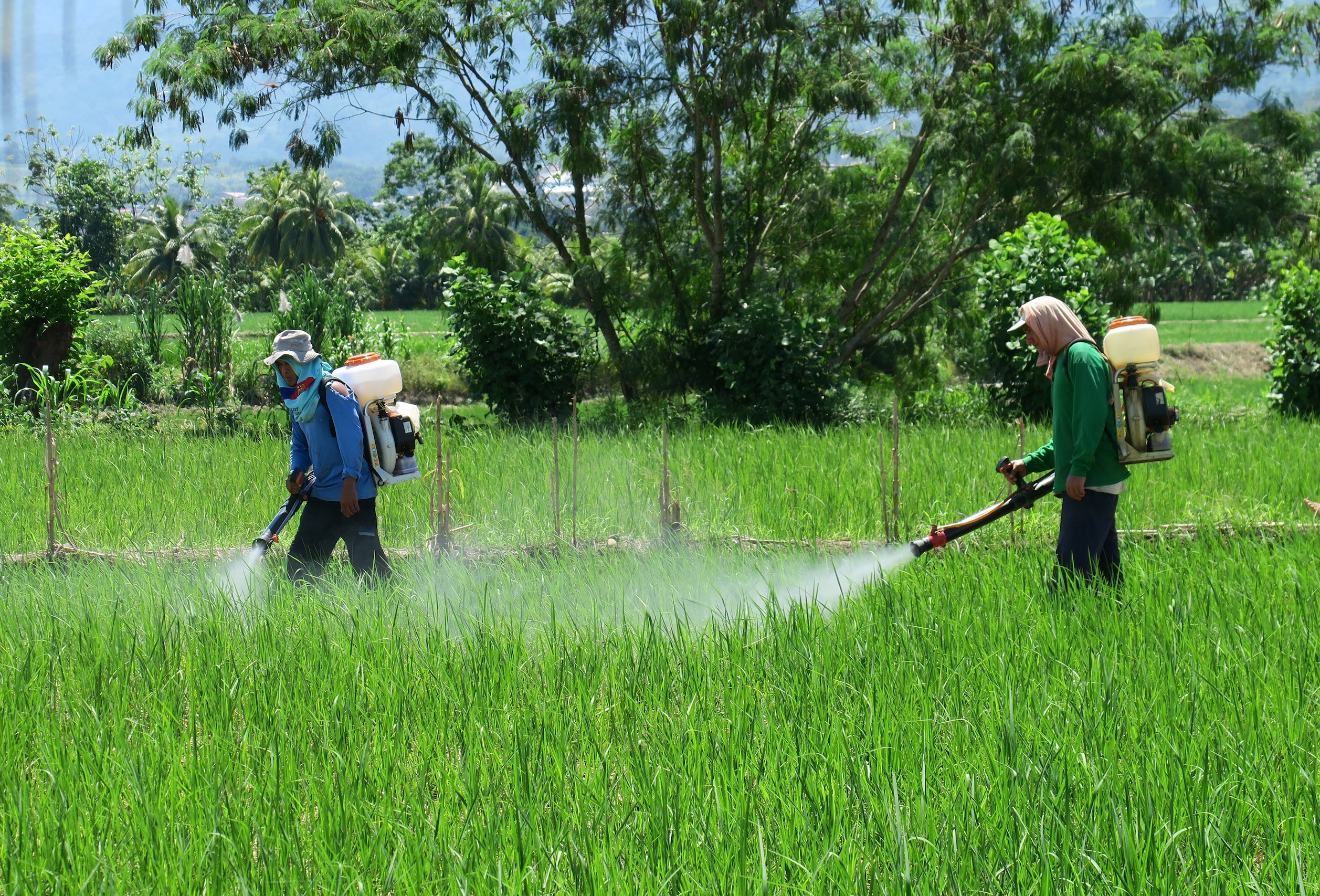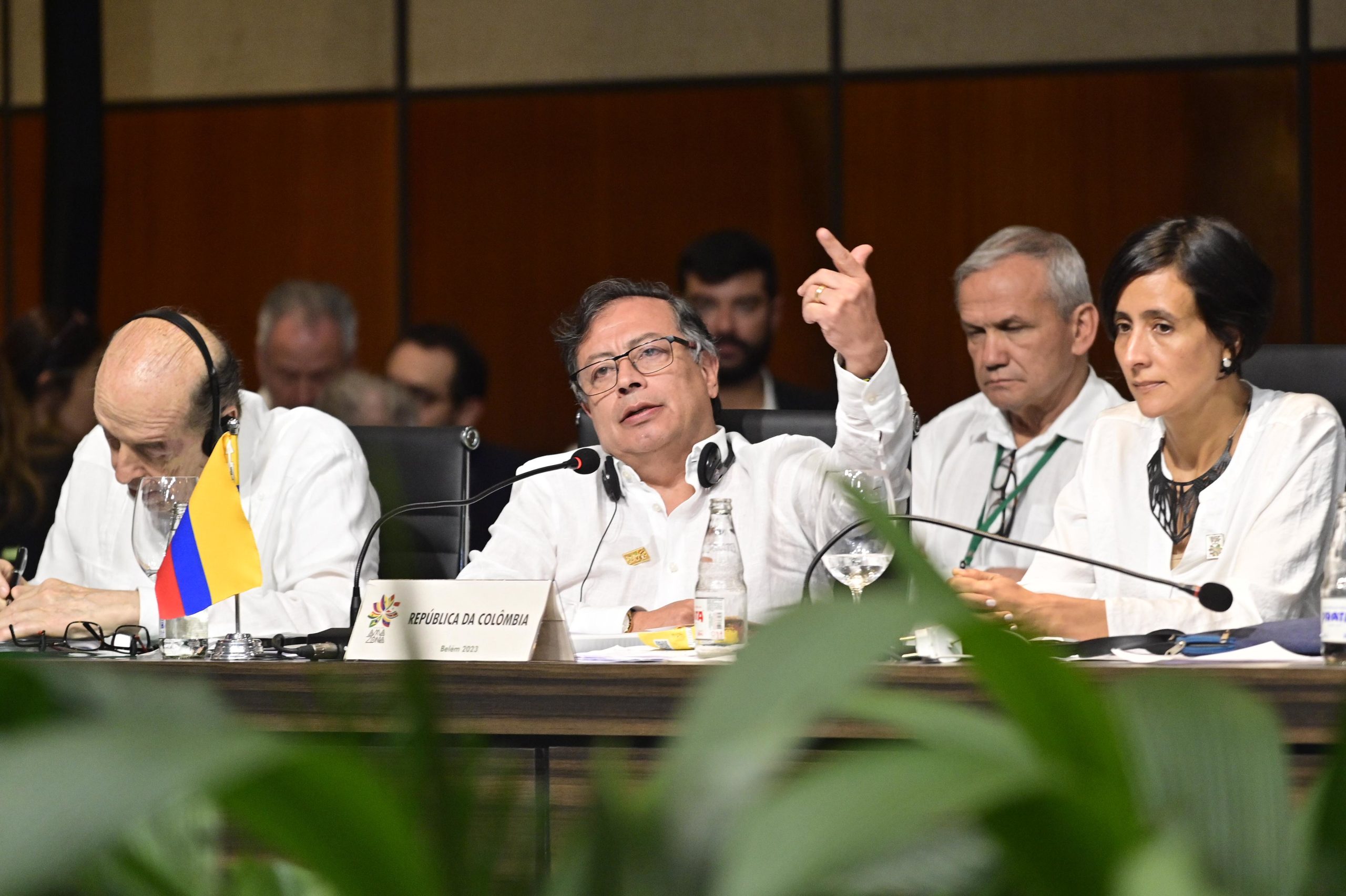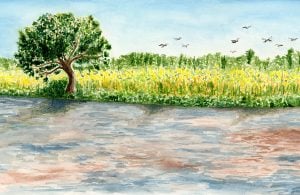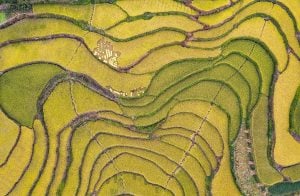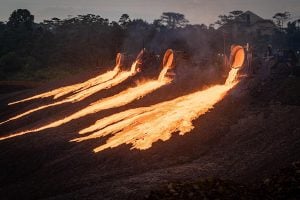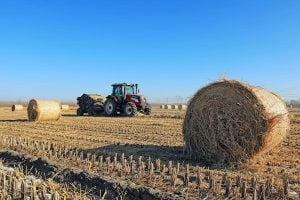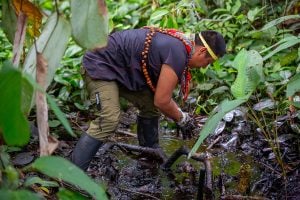Colombia will host the United Nations’ biodiversity summit, COP16, from 21 October to 1 November. In the south-western city of Cali, 196 countries will seek to advance the implementation of the Kunming-Montreal Global Biodiversity Framework, the agreement that sets out a series of targets for 2030 and 2050 to halt and reverse the global destruction of biodiversity.
The conference’s hosting within Latin America and the Caribbean is an opportunity to highlight the importance of protecting biodiversity. Approximately 60% of global terrestrial life is found in the region, as well as a great diversity of marine and freshwater species. But according to WWF’s biennial Living Planet Report, between 1970 and 2018 monitored wildlife populations across the region declined by an average of 94%.
In 2019, another report on nature provided “the most exhaustive study ever of the world’s biodiversity”. Compiled by the independent Intergovernmental Science-Policy Platform on Biodiversity and Ecosystem Services (IPBES), its Global Assessment Report was the work of 455 authors, who systematically reviewed 15,000 scientific and government sources. The award-winning Argentine biologist Sandra Díaz was one of the report’s three co-chairs. A senior researcher at the National University of Córdoba’s Multidisciplinary Institute of Plant Biology, Díaz’s achievements include establishing the first global quantitative picture of the essential functional diversity of vascular plants.
Given her background, Díaz knows as well as any how biodiversity loss is being driven by changes in land use and habitat, as well as the extraction of plants and animals by humans. But she also points to their root causes: consumer demand and international trade rules.
Dialogue Earth sat down with Díaz, who spoke about the “lack of resolve” on action to protect biodiversity and the slow progress on global targets. However, she stressed that her hopes lie in increased ambition at COP16, which she says could finally achieve transformative change.
Dialogue Earth: What are the main drivers of biodiversity loss, particularly in Latin America?
Sandra Díaz: Over the past 50 years or so, the main drivers, in decreasing order of importance, have been: changes in land and coastal use, such as advancing agriculture and coastal infrastructure developments; selective extraction of plants or animals, such as hunting and logging; pollution; and, finally, climate change, and invasive alien species.
This ranking changes by region. In Latin America, the main drivers are land use, coastal change and selective extraction, while the other three are comparatively less important. We showed this in the Global Assessment of IPBES and updated it in a 2022 article led by Pedro Jaureguiberry, from our team.
It is very important to note that these drivers are direct – they are the “material executors”, the “smoking guns” of the deterioration of nature.
But behind them there are root causes that drive them: the “intellectual perpetrators”. These are all economic, social, cultural, institutional and political factors. For example: consumer demands; international trade rules; regulation – or lack of regulation, more commonly – on what can and cannot be done with what is extracted and wasted; environmental legislation; subsidies to certain industries; and even everyday practices that people have internalised, without being aware of how harmful they are to nature and their own health.
Trying to tackle the direct drivers, without at the same time trying to reverse the root drivers, basically becomes a temporary stopgap.
In its 2019 global assessment report, IPBES stated that 1 million species are at risk of extinction. What scope is there to curb this impact? Is there still a window of opportunity?
I would stress that they are threatened with extinction, not that they are inevitably doomed. How many will actually become extinct depends heavily on decisions taken at the regional level where these species live and, of course, at the multilateral level. This is because we know that a good part of the threats to biodiversity are not driven by local but international demands. This problem demands solutions related to international trade rules and regulations, and consumer awareness.
The window of opportunity is always there, but for as long as transformative measures are not taken, it closes a little bit more every day.
Do you feel it is feasible to meet the targets of the Kunming-Montreal agreement to protect biodiversity, and how is progress being made?
If I had to sum up in one word how progress is being made, I would say “slowly” – at a pace that those of us who are involved in the scientific aspects of the issue find exasperating at times, because it is not that we don’t have the knowledge. Of course there is a lot we don’t know, but we know more than enough to be able to act. What is lacking are decisions, and above all, the decision of those who have the greatest decision-making power in societies.
Ahead of COP16, governments must present their national-level plans to protect biodiversity. What do you expect to find in these plans? Do you anticipate more ambition?
If things were to continue on the same trajectory as the Kunming-Montreal Summit [in 2022], I would say I expect little. The draft that arrived in Montreal was excellent, and little by little the countries in the negotiations watered down a lot of its really transformative elements. It is not that the Kunming-Montreal Global Framework is definitely bad – it has many good things in it, such as inclusiveness, pointing out the root drivers of nature’s deterioration, and so on. But it lacks sufficient “teeth”.
But I don’t lose hope that one of these “non-linear phenomena” that sometimes occur will happen, and the level of ambition will be drastically increased. Without that, the transformative change we need is not possible.
The COP16 slogan, “Peace with Nature”, implies conflict between humans and nature. Do you agree with this diagnosis?
No. I understand the slogan must be simple, short and as unobtrusive as possible to as many actors as possible. I also understand that what it is trying to do is to counter the notion of “war”, so sadly in vogue at the moment. But I don’t think that human/nature is a dichotomy, a clear-cut division, or even less so that “human nature” and “progress” inevitably necessitate the destruction of the rest of nature.
Some models of appropriation are like this, but there are many examples of models – past, present, and feasible for the future – that emphasise interconnectedness, coexistence with the rest of life. A coexistence that is not always harmonious, that poses conflicts – as all coexistence does.
Could the location of the COP16 summit help to highlight the importance of protecting biodiversity in Latin America?
Without a doubt, and especially in Colombia, which has an excellent track record in studying and valuing biodiversity. And in using it – in the best sense of the word – for its public image.
What are the most urgent changes needed to protect biodiversity, especially in Latin America?
If I had to sum up in one phrase what is most urgent and important, it would be “stop harming”. As in medicine, there are many band-aids, many painkillers that need to be applied in this emergency. But in the long term, the only thing that really leads to recovery is to attack the root causes of the problem. In this case, it is the dominant model of appropriating nature, which prioritises short-term, maximum profit and disproportionately serves the interests of a minority, rather than prioritising the common good, of humans and the intricate web of life on which our well-being depends.
Funding for biodiversity protection is one of the main demands of developing countries. How do you think this could be addressed?
I once heard a leading political figure in a powerful country say, in a moment of candour: “There is always enough money, the issue is what you decide to use it on.” I think that is essentially the case.
There is a commitment by rich countries to contribute USD 100 billion to climate change mitigation and USD 20 billion for biodiversity, which (a) has not been met and (b) is dwarfed by the hundreds of billions that are put into subsidies for activities harmful to climate and nature every year: fossil fuels, industrial agriculture, destructive fishing, and mining without appropriate safeguards.
Accordingly, the Kunming-Montreal Global Framework includes Target 18: reduce subsidies for activities that destroy biodiversity by USD 500 billion per year by 2030. That would be transformative if achieved. Even more so if that money were also redirected to positive activities.
Planting saplings and discovering and implementing new technologies is important. It has to be done. But it will not be enough if we do not simultaneously discourage the activities that are doing enormous damage to nature and to the well-being of millions of people every day.


